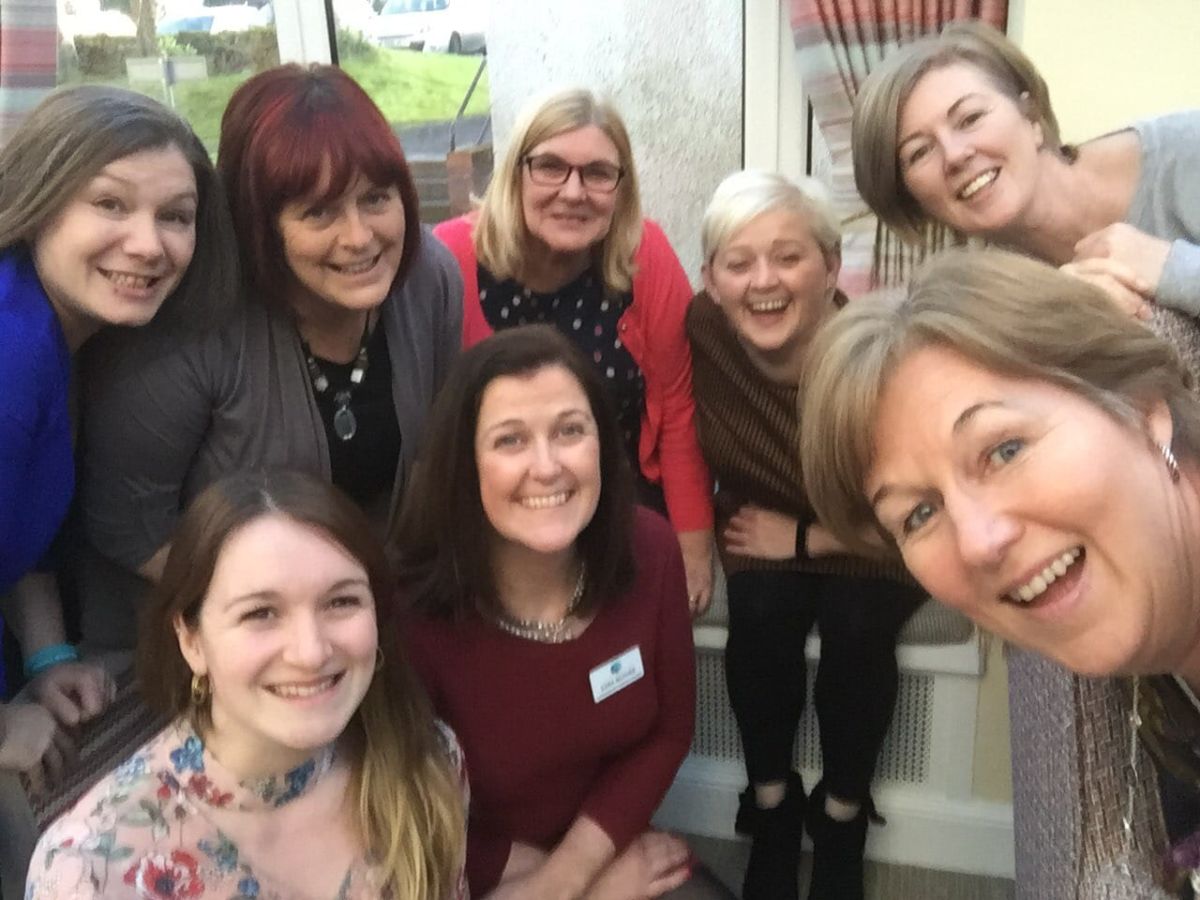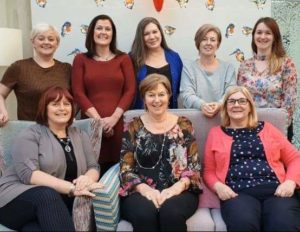
The Strathcarron Hospice Experience of Adopting an ABCD Approach in Responding to COVID-19
One of our favourite ways of working at Nurture Development, is to act as ‘alongsiders’ to professionals (and their organisations) seeking to deepen their practice in citizen space. We do this in many ways, but our most comprehensive approach involves supporting the establishment of what we call a Learning Site (you can read more about them here). In this week’s blog we hear from the Strathcarron Learning Sites. The Strathcarron Learning Site in Scotland is hosted by the Strathcarron Hospice, who have taken the courageous step (and we would argue the generative step) of actively supporting communities through the employment of community builders who are currently working deeply with residents (albeit with strict physical distancing in place) in four specific communities of place.
Through our bi-monthly mentoring sessions we (Nurture Development and the Strathcarron Hospice) have been sensing our way into the daily realities of community building during this pandemic. Susan High, the Community Development Coordinator for the Hospice, has kindly agreed to share hers’, and the wider organisation’s reflections, on how an ABCD approach is essential in responding to COVID-19.
Susan and the folks at Strathcarron Hospice are concerned that many hospices across the UK and beyond have battened down the hatches and adopted emergency relief modes of responding. She notes “our local authorities have furloughed or redeployed community development workers. By doing so they are missing out on the huge opportunities which present themselves.”
 In contrast, Strathcarron are continuing to work in communities, albeit in different ways. Susan says, “We are encouraging people who, pre COVID, were hospice volunteers to become street champions. We have provided them with information to help their neighbours to find ways of connecting with each other and dealing with isolation. We have also provided practical information on looking after someone who is ill and dying at home, and information on supporting a neighbour who is facing the loss of a loved one.”
In contrast, Strathcarron are continuing to work in communities, albeit in different ways. Susan says, “We are encouraging people who, pre COVID, were hospice volunteers to become street champions. We have provided them with information to help their neighbours to find ways of connecting with each other and dealing with isolation. We have also provided practical information on looking after someone who is ill and dying at home, and information on supporting a neighbour who is facing the loss of a loved one.”
The ABCD Community Builders employed by the Strathcarron Hospice are working with connectors in communities to identify which groups and associations are continuing to connect with their members and are learning from their creativity. They are lifting this practice up as an example of how to be useful -at this time- as an organisation, and encouraging other groups to keep meaningful connections going within local communities, and not to retreat to bunker mentalities and only focusing on their “clients” to the exclusion of the wider community.
Susan notes, “we are connecting with people in the communities who, pre COVID, had been receiving traditional supports from a hospice service (befriending, day hospice). Rather than offering telephone befriending (by a stranger) we are having conversations to find out what social networks they have, what they enjoy doing, and then encouraging and supporting them to make more sustainable local connections, at neighbour scale.”
The community development team are providing a weekly “community story” to the staff bulletin to raise awareness of the variety of ways in which every person can contribute something valuable -at this time. They are leveraging their influence in the third sector to encourage groups to consider the importance of meaningful connections and community building approaches.
As we support the Strathcarron Hospice to cheer on and precipitate more citizen-led action in communities, I’ve noticed that they are striking an essential balance. They continue to be actively engaged and supportive of people who are at end of life, and whom require end of life care, while also ensuring that those folks can continue to be interdependent at the centre of vibrant, loving communities. There are many functions that would traditionally be taken on by professionals, that are now in our hands; in our homeplaces.
One of those functions is companionship of neighbours who are suffering and dying. Strathcarron Hospice are mobilising their resources to stand shoulder to shoulder (in the metaphorical sense), with families and neighbours as they discover the power of love, laughter and consolation in the face of death. Their vision of the “Hospice as movement”, that promotes a Good Life till the end, not a building where people go to die, offers us not just a way to respond to COVID-19, but beyond this crisis, it presents a way in which we can remain interdependent in natural communities across the life course, with organisations in a support role.
Susan High (Community Development Coordinator, Strathcarron Hospice, Scotland) & Cormac Russell
